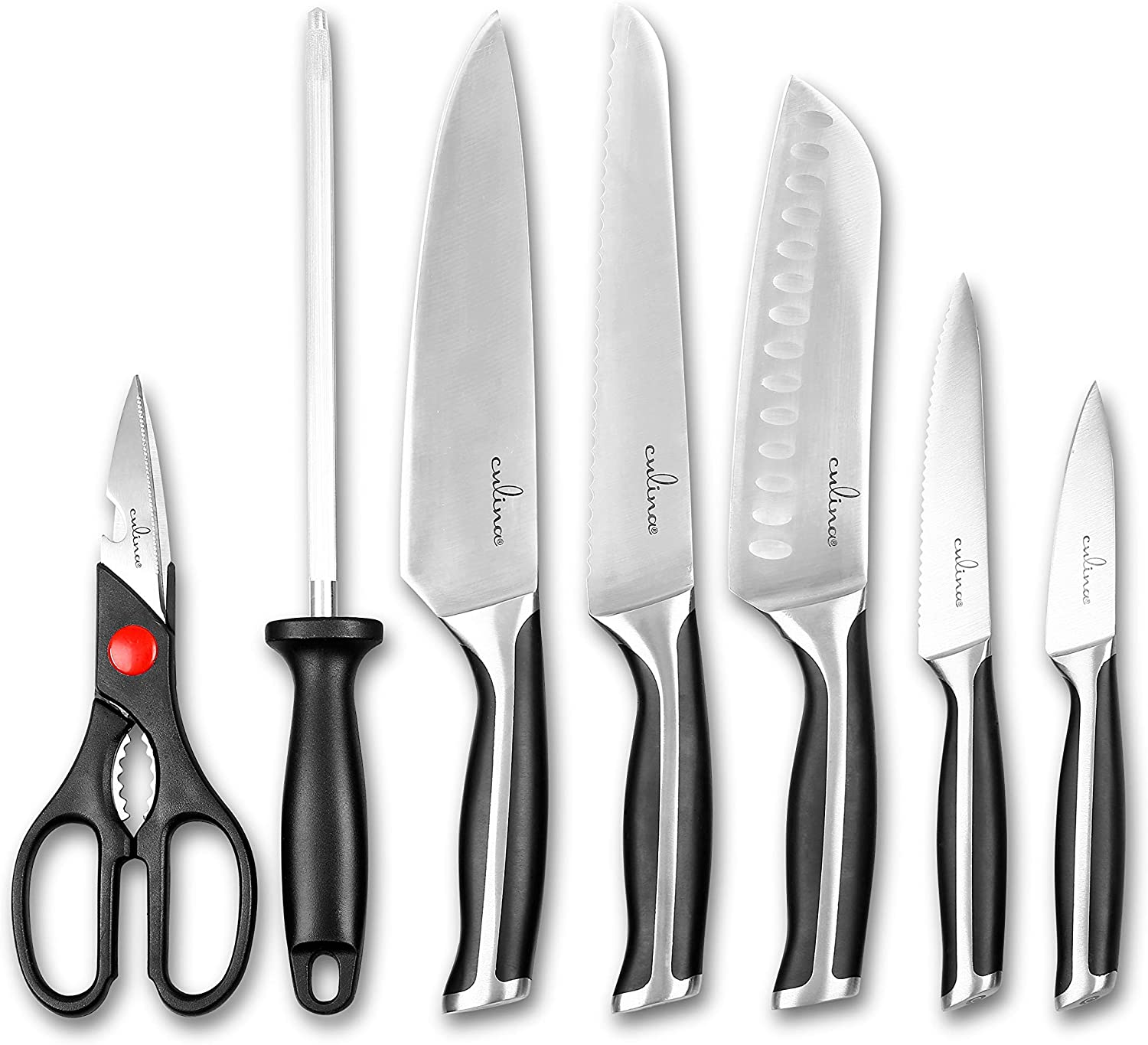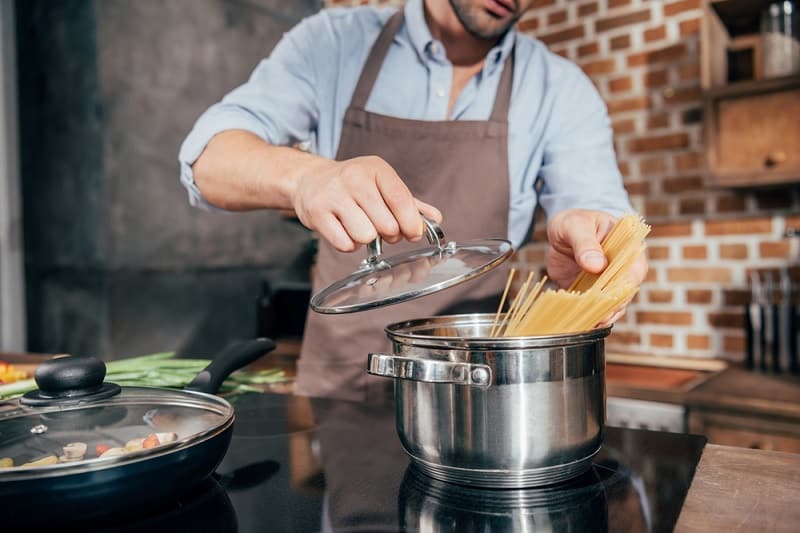Every kitchen professional has encountered a moment of despair when they look at a scorched saucepan. Learning how to clean a scorched saucepan is not just a necessity; it is a skill that can save time and money while keeping your cooking tools in top condition.
Whether you are gearing up for a busy service or preparing a home meal, your saucepans should always be ready to use. A scorched saucepan can seem like an irreparable problem, but with some knowledge and effort, you can restore it to its former glory.

Understanding Saucepan Materials
Before diving into the cleaning methods, it's essential to recognize the different materials used in saucepans. Knowing whether your saucepan is stainless steel, non-stick, or cast iron will guide you to the right cleaning technique.
- Stainless Steel: Highly durable and resistant to staining, yet prone to scorches.
- Non-Stick: Great for easy cooking, but requires delicate cleaning to avoid damage.
- Cast Iron: Known for its heat retention, it can get a bit tricky when it comes to cleaning scorches.

Essential Tools for the Job
To effectively clean scorched saucepans, you will need a few basic tools:
- Sponges: Non-abrasive sponges are a must, especially for non-stick surfaces.
- Scrub Brushes: For tougher scorches, a scrub brush can be helpful.
- Baking Soda: A powerful natural cleaner that works wonders on scorched issues.
- Vinegar or Lemon Juice: Their acidity is excellent for breaking down burnt residues.
- Water: To soak and loosen burnt food.

Step-by-Step Cleaning Techniques
Now, lets explore some effective techniques on how to clean a scorched saucepan.
1. The Soak and Scrub Method
This method is straightforward yet effective. Its especially useful for light to moderate scorches.
- Fill the saucepan with enough water to cover the scorched area.
- Add a few drops of dish soap and a couple of tablespoons of baking soda.
- Bring the mixture to a gentle boil on the stove.
- Turn off the heat and let it soak for a few hours or overnight.
- Once soaked, use a non-abrasive sponge to gently scrub away the burnt residue.
2. Baking Soda Paste
For tougher scorches, a baking soda paste can be your best friend.
- Mix equal parts water and baking soda to form a thick paste.
- Apply the paste directly onto the scorched area and let it sit for at least 30 minutes.
- With a non-abrasive sponge, scrub the area gently until the scorch lifts.
- Rinse thoroughly with warm water.
3. Vinegar Solution
Vinegar is an excellent natural cleaner that can tackle tough burnt spots.
- Pour equal parts vinegar and water into the saucepan until it covers the scorched area.
- Bring the mixture to a boil; the acidity will help lift the burnt food.
- Once boiled, turn off the heat and let it soak for 30 minutes.
- Scrub the area with a soft sponge.
4. For Cast Iron Pans
Cleaning scorches from cast iron requires a little more care.
- Sprinkle coarse salt over the scorched area.
- Using a cloth or paper towel, scrub the area with the salt.
- Rinse with warm water; avoid soap as it removes the seasoning.
- Dry thoroughly and re-season the pan if needed.

Maintaining Your Cookware
Once your saucepan is clean, it's time to shift focus on how to maintain it to prevent future scorches.
- Use the Right Heat: Always start cooking on medium heat.
- Preheat Properly: Allow your pan to heat for a few minutes before adding any ingredients.
- Keep It Clean: Regularly clean your saucepans to prevent buildup.
- Choose the Right Utensils: Use silicone or wooden utensils in non-stick pans.
Frequently Asked Questions
What should I never use to clean a scorched saucepan?
Avoid cleaning tools that are abrasive, such as steel wool or hard scrub brushes, as they can scratch and damage the surface.
Can I use bleach to clean my saucepan?
No, bleach can be harmful to cookware materials and can leave a residue that affects food safety.
Is it worth purchasing special cleaners for scorched saucepans?
Many effective cleaning methods using household items exist; purchasing special cleaners may not be necessary.
Conclusion
Cleaning scorched saucepans may feel overwhelming, but with the right methods, you can bring them back to life. Remember to use the appropriate tools and techniques for your saucepan's material to achieve the best results. Regular maintenance and good cooking practices will prevent future issues, allowing you to focus on what you do bestcreating delicious dishes!
For further reading on cookware maintenance, check out this article on saucepans.
As an Amazon Associate, I earn from qualifying purchases.






Leave a comment
This site is protected by hCaptcha and the hCaptcha Privacy Policy and Terms of Service apply.